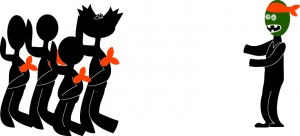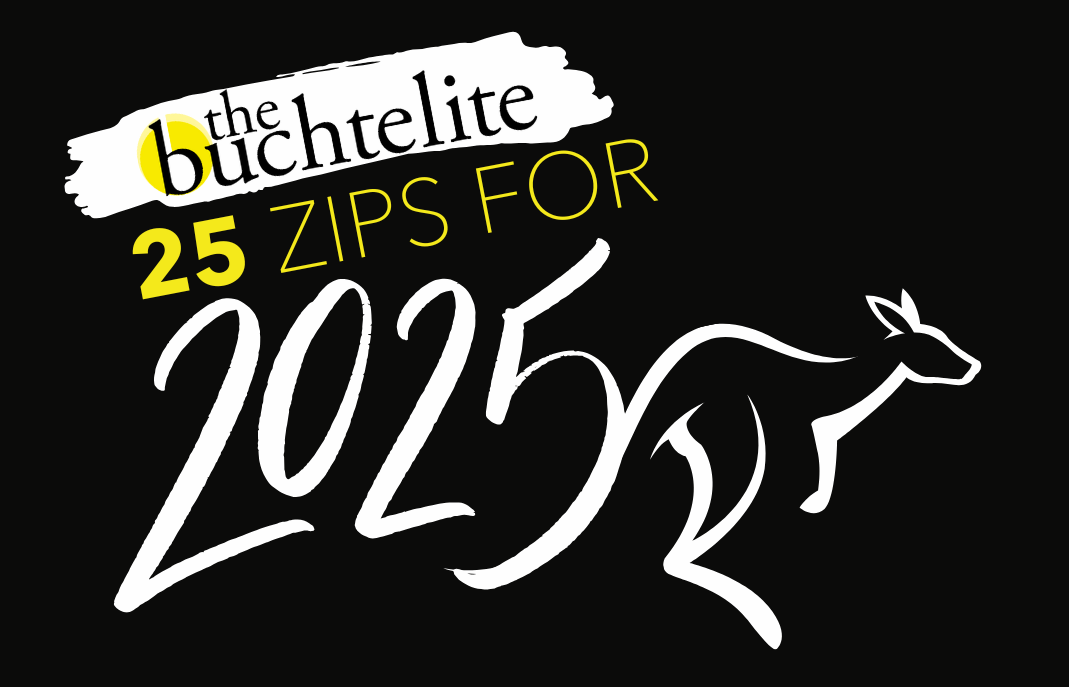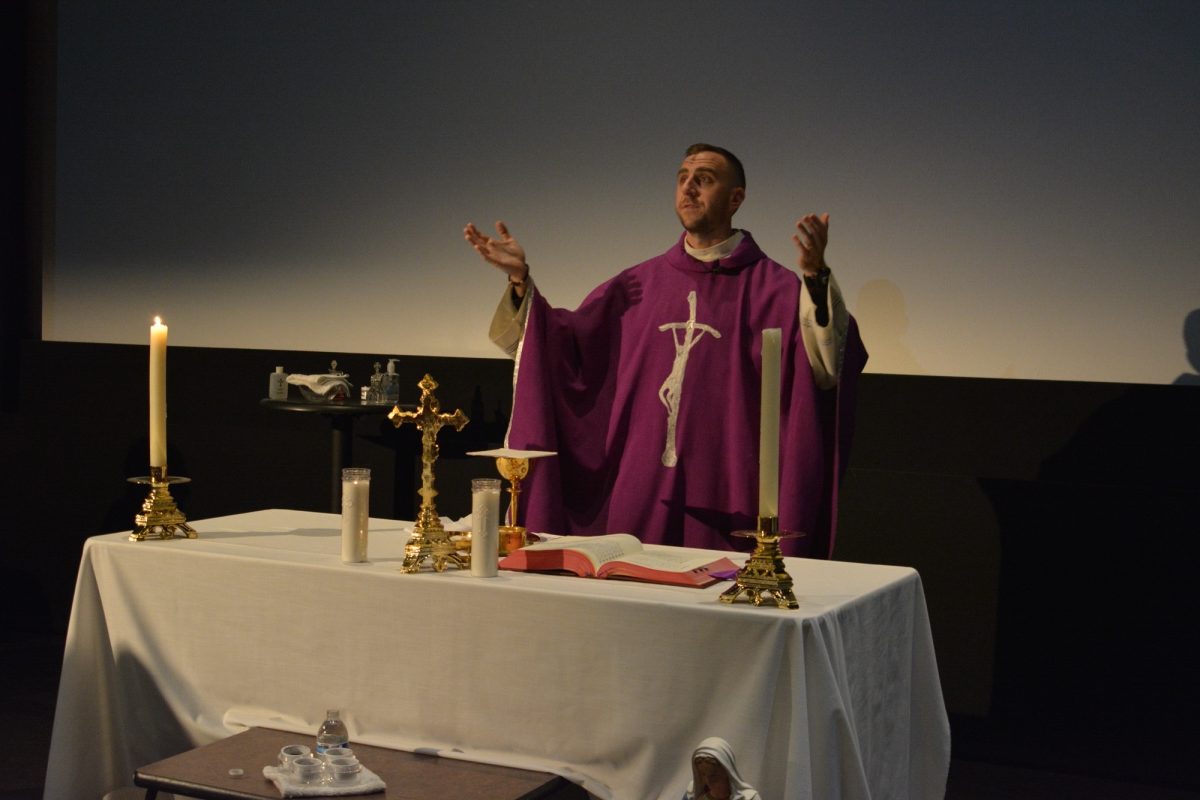Phi Delta Epsilon is currently hosting Humans vs. Zombies on The University of Akron’s main campus to raise money for charity.
The sign-up table for the event, where participants could pay and collect their orange bandanas labeling them as players, was placed on the second floor of the Student Union, where it attracted large amounts of attention.
The cost was $5 for participants to sign up and play. All proceeds collected from the game are to be given to the Children’s Miracle Network, a network that raises money for 170 children’s hospitals located across North America. This foundation collects the money and then disperses the funds where they consider the need to be greatest.
Humans vs. Zombies is a game that begins with a single zombie participant and other participants who sign up as humans. As play continues, the number of zombies increases as the zombie player infects the human player population. The game generally concludes with a majority of zombies and few surviving human players.
The goal of the human players is to avoid being tagged by zombies and avoid becoming “infected.” A zombie’s job in the game is to tag and create as many zombies as she can as to strengthen her zombie army.
Human players are allowed to use rolled up socks as a fake grenade to throw at a zombie to temporarily stun him. This is the human’s only defensive weapon allowed, according to the rules of the game, apart from running away.
Nerf guns, although requested by players, were forbidden due to respect for university rules.
Players can be identified by bright orange bandanas, worn clearly on either the arm or around the forehead. Human players wear the bandana around their upper arm in plain sight, while the zombies wear their bandana around their head, with the exception of the original zombie, until he or she tags their first human.
A zombie must lower the bandana to around the neck for the 15 minutes while stunned by a human player’s sock grenade.
The game officially began on April 11 at 8 a.m. with an unmarked zombie lurking around campus, waiting to make a move on his or her first victim. The game is set to end on April 17 at 8 p.m., or earlier, depending on the number of human survivors.
Participants can be tracked easily on the group’s Facebook page. The fundraiser has been organized, run and advertised through the social network. As participants are contaminated and turned to the side of the zombies, a status is posted on the page saying the player’s number and fate.
Student participant Chris Serio played as a human in the game.
“It’s a fun game,” he said. “There are times when you have to be alert while watching out for the O.Z. (original zombie, because he/she isn’t tagged), or even other zombies, and it’s for a good cause,” Serio said.
As this game has been coordinated largely through Facebook, participants have used their status updates to track their place in the game.
One status from Serio read, “Today, while on my way to Philosophy of Law, I was chased by a zombie. Luckily I got away, but I was wearing sandals, had a one-strapped bag with books, and Starbucks. No socks to protect me, but I still got away. Awesome game.”
The surreal nature of the game adds to the enjoyment for participants like Serio.
The game only takes place outside of campus buildings, and only within the main campus footprint. Players are not allowed to play inside buildings or during class. The game hours are roughly from 8 a.m. to 8 p.m.
All tags are also reported to a Google website which keeps track of rankings. On the Humans vs. Zombies Facebook page, many of the tags have been reported with clever sayings.
“A brainy lunch that’s one-of-a-kind, no longer a human one-one-nine,” status updates on Facebook said. “No. 129 ain’t doing too fine, no longer a member of humankind.”









